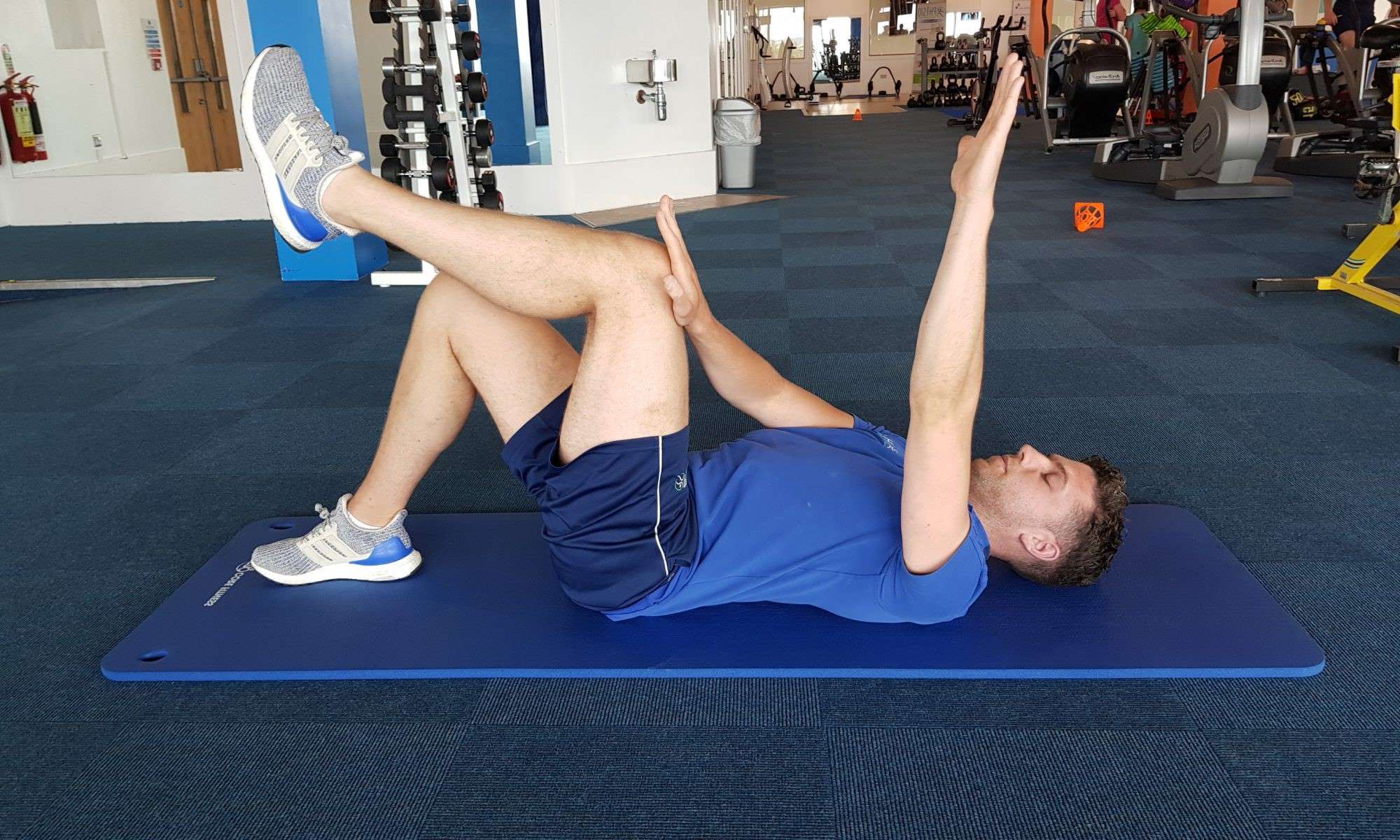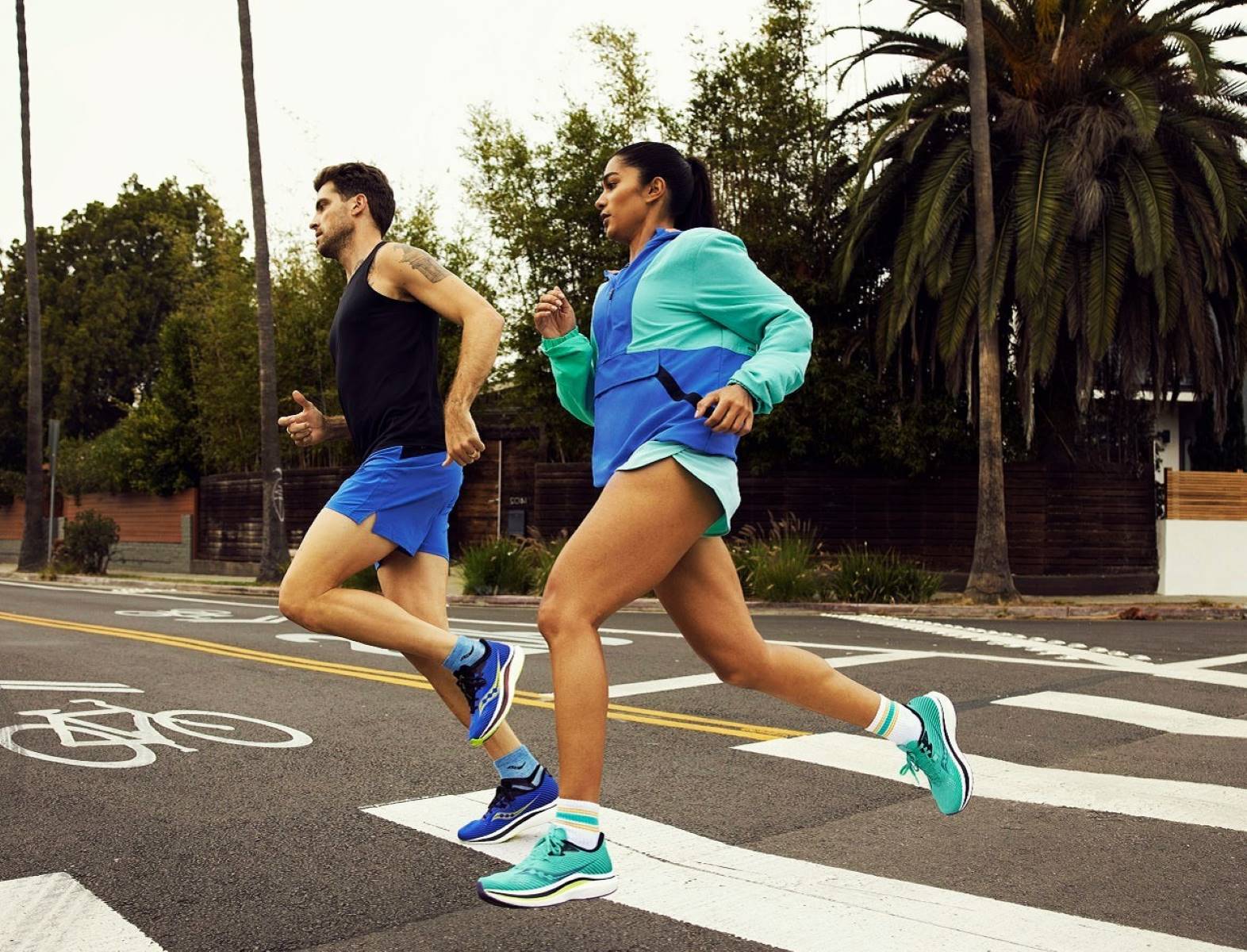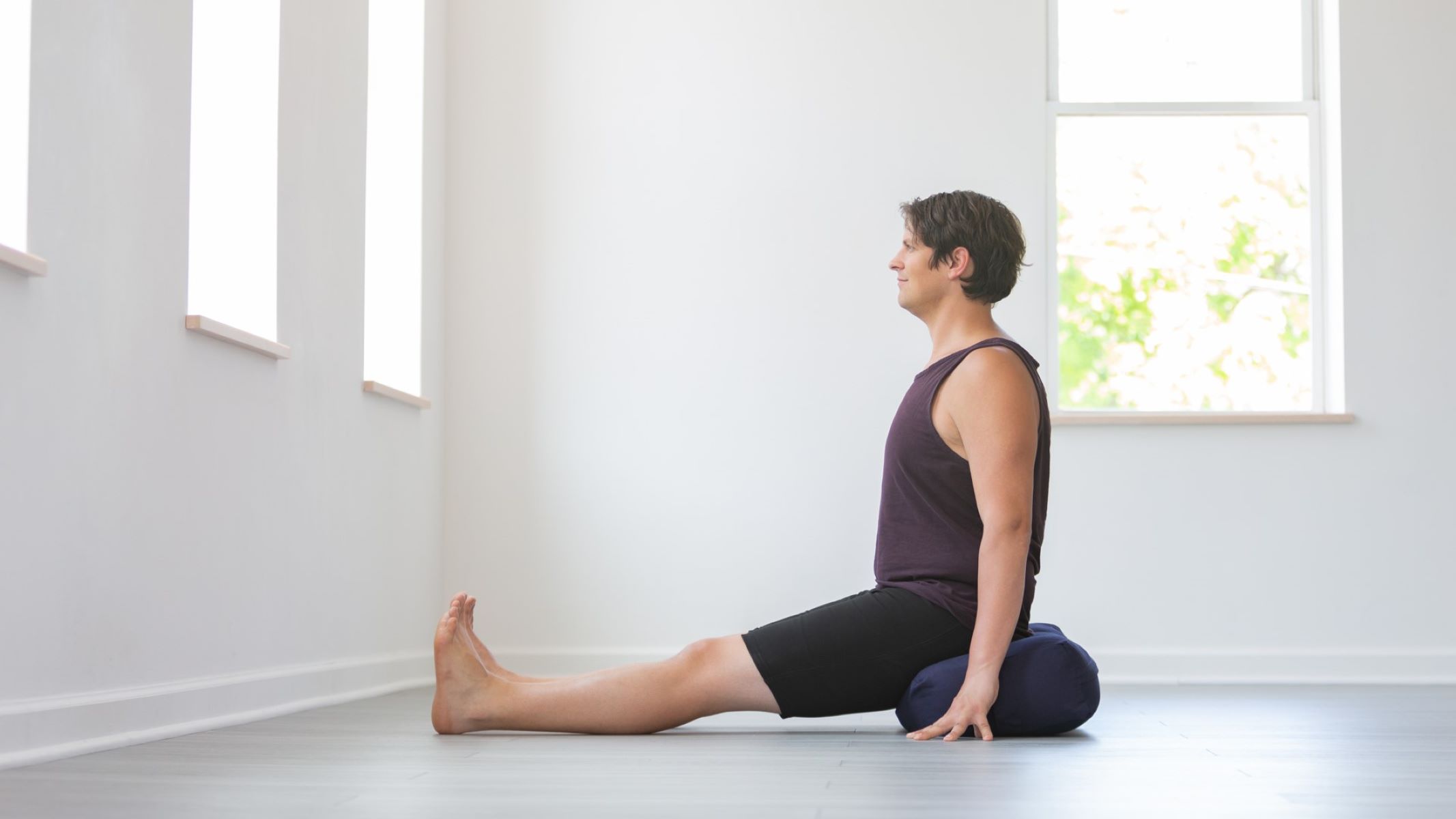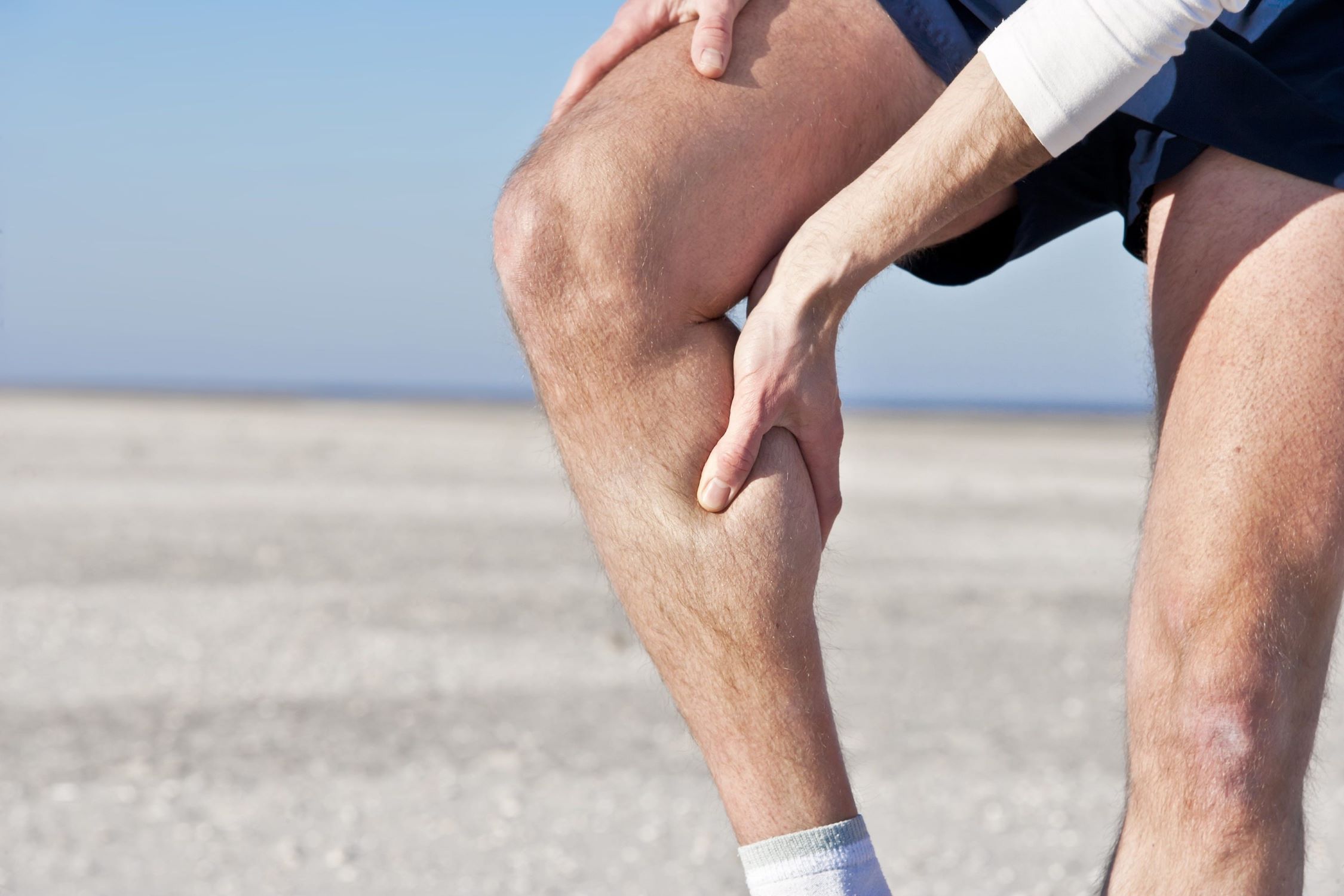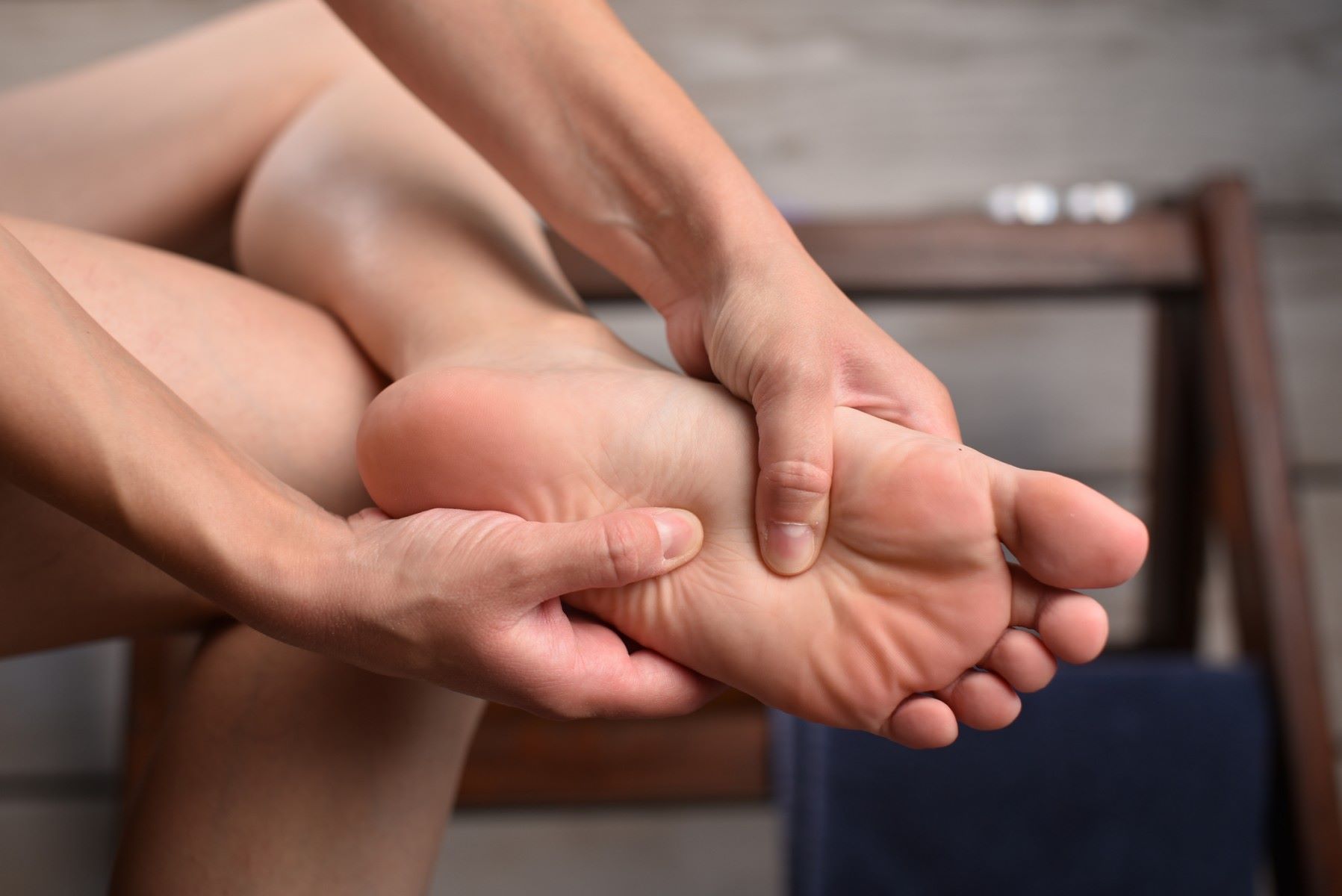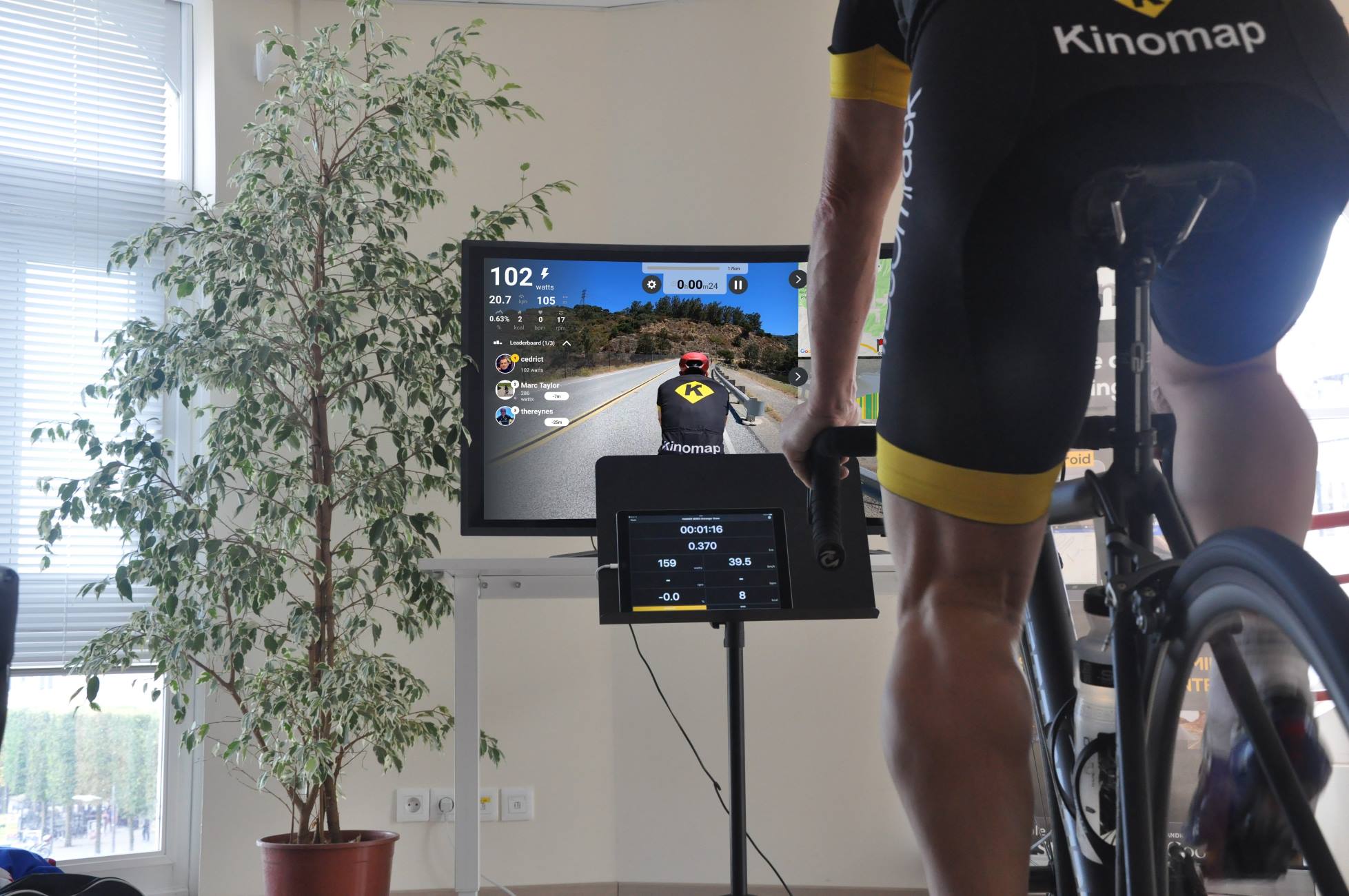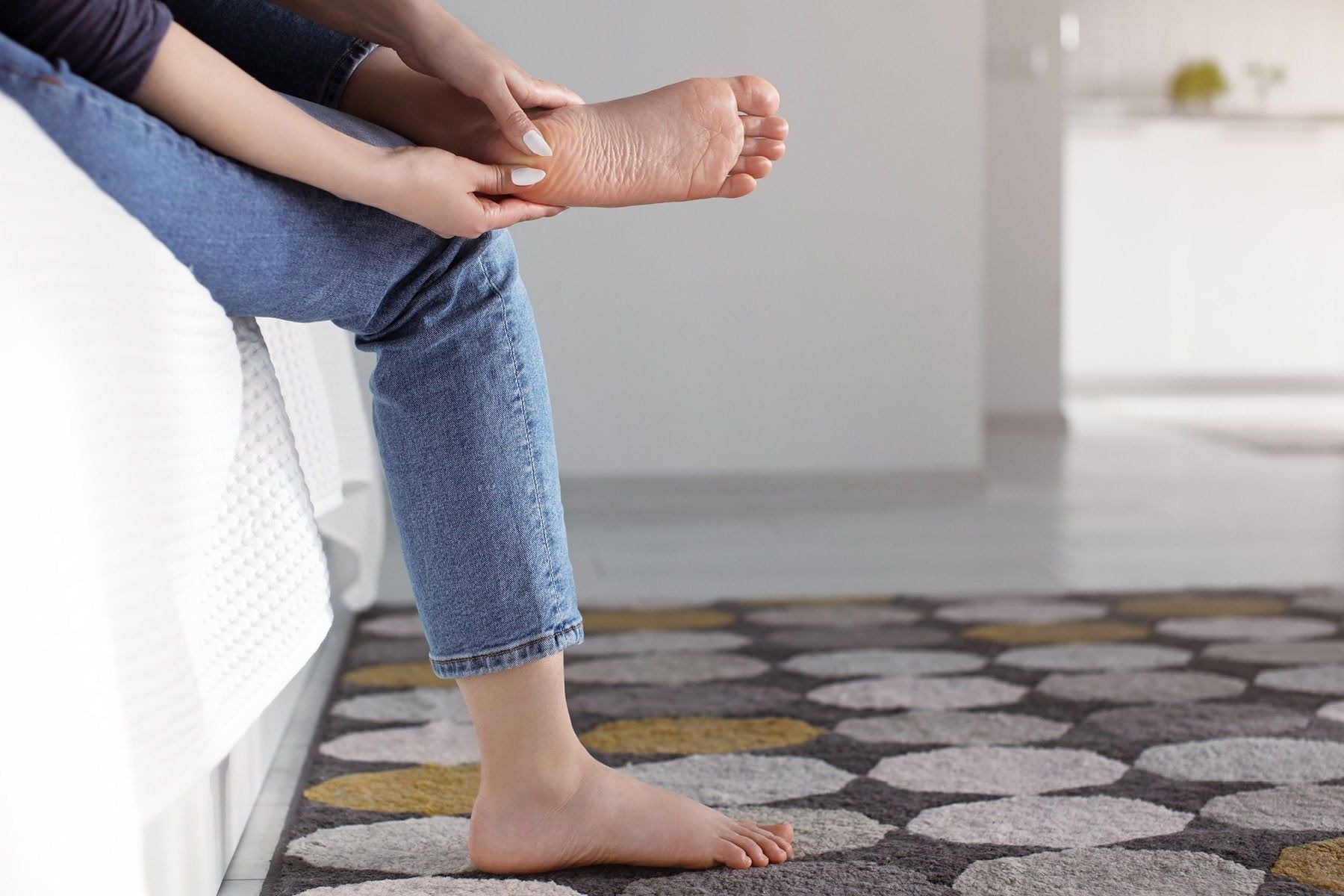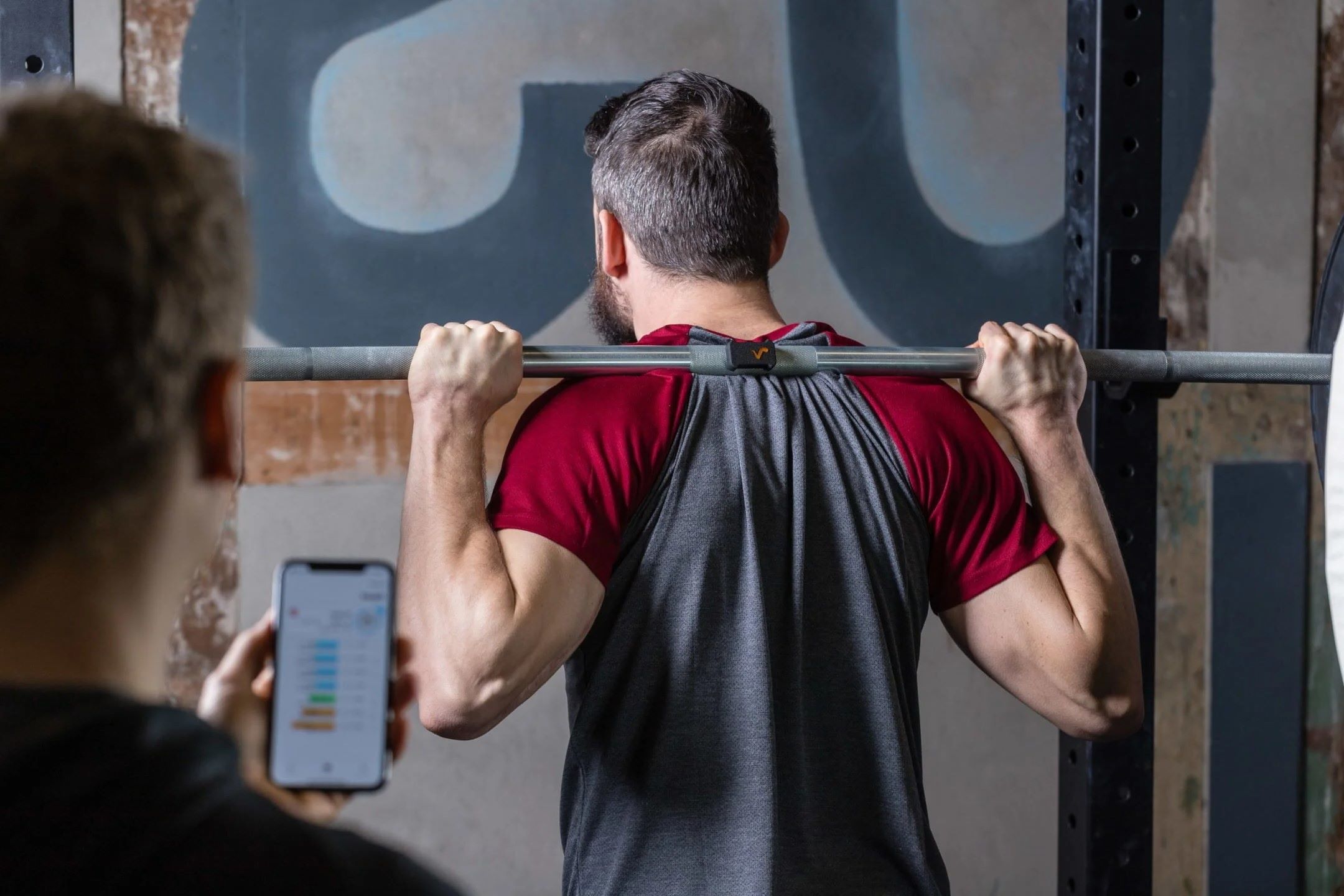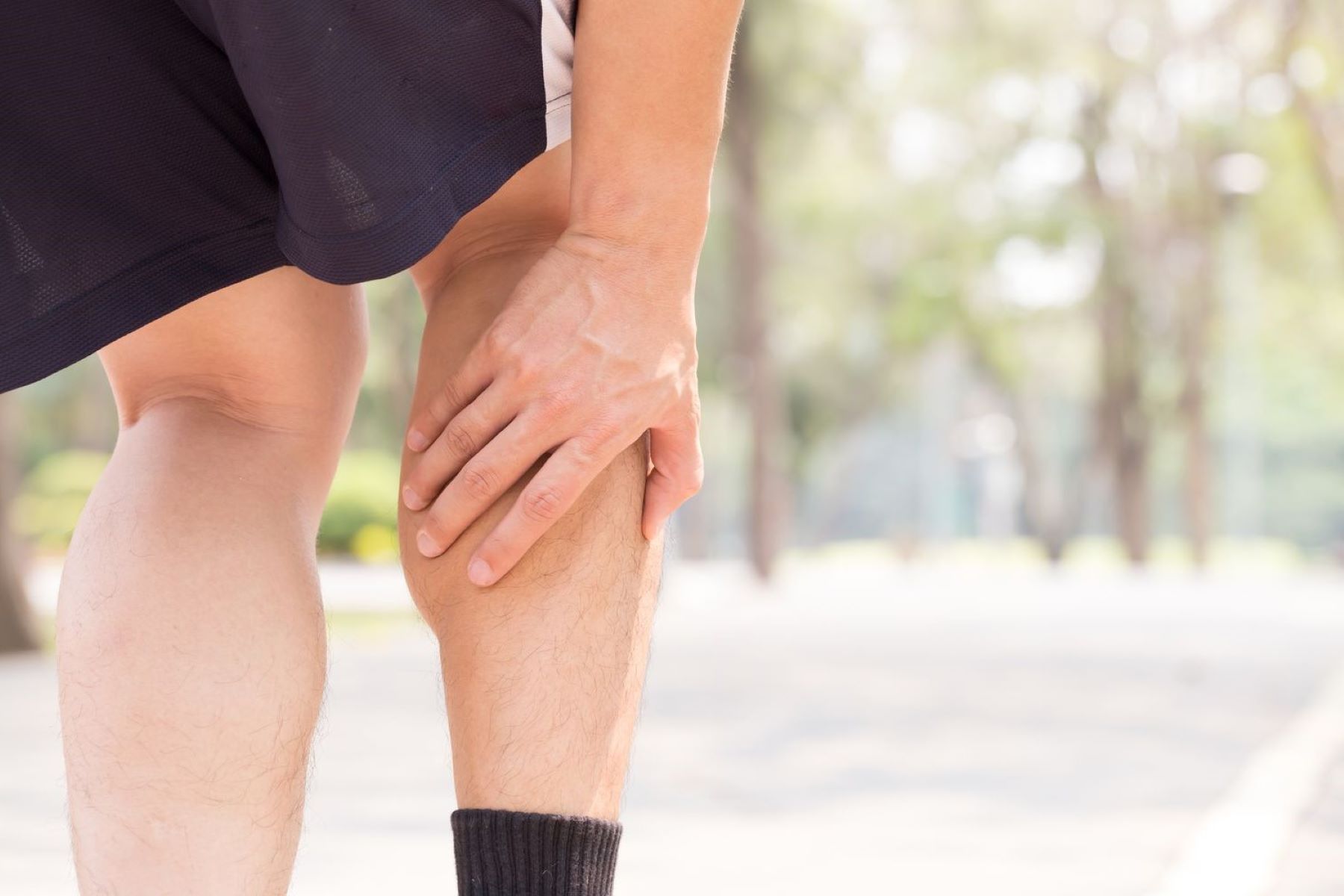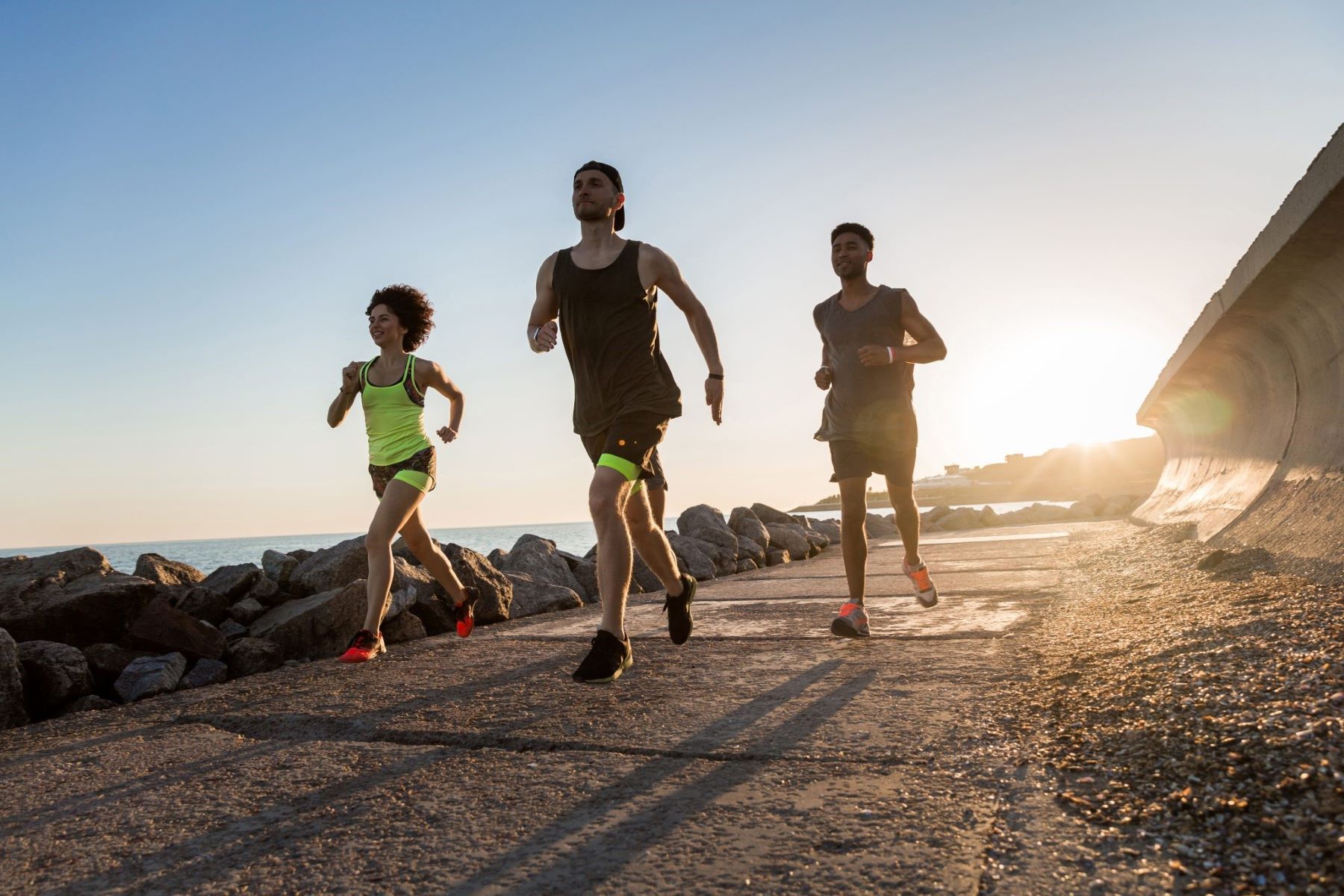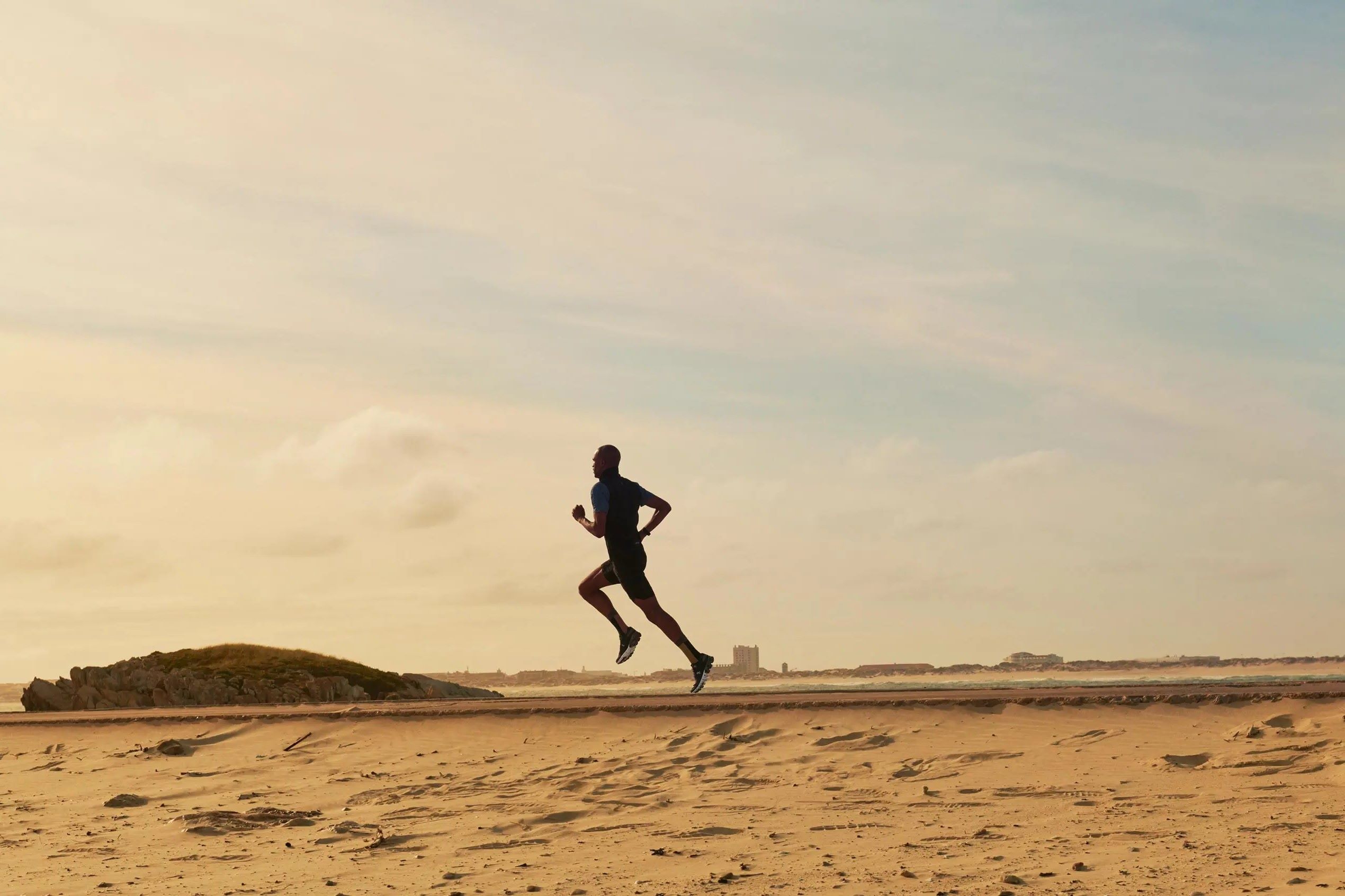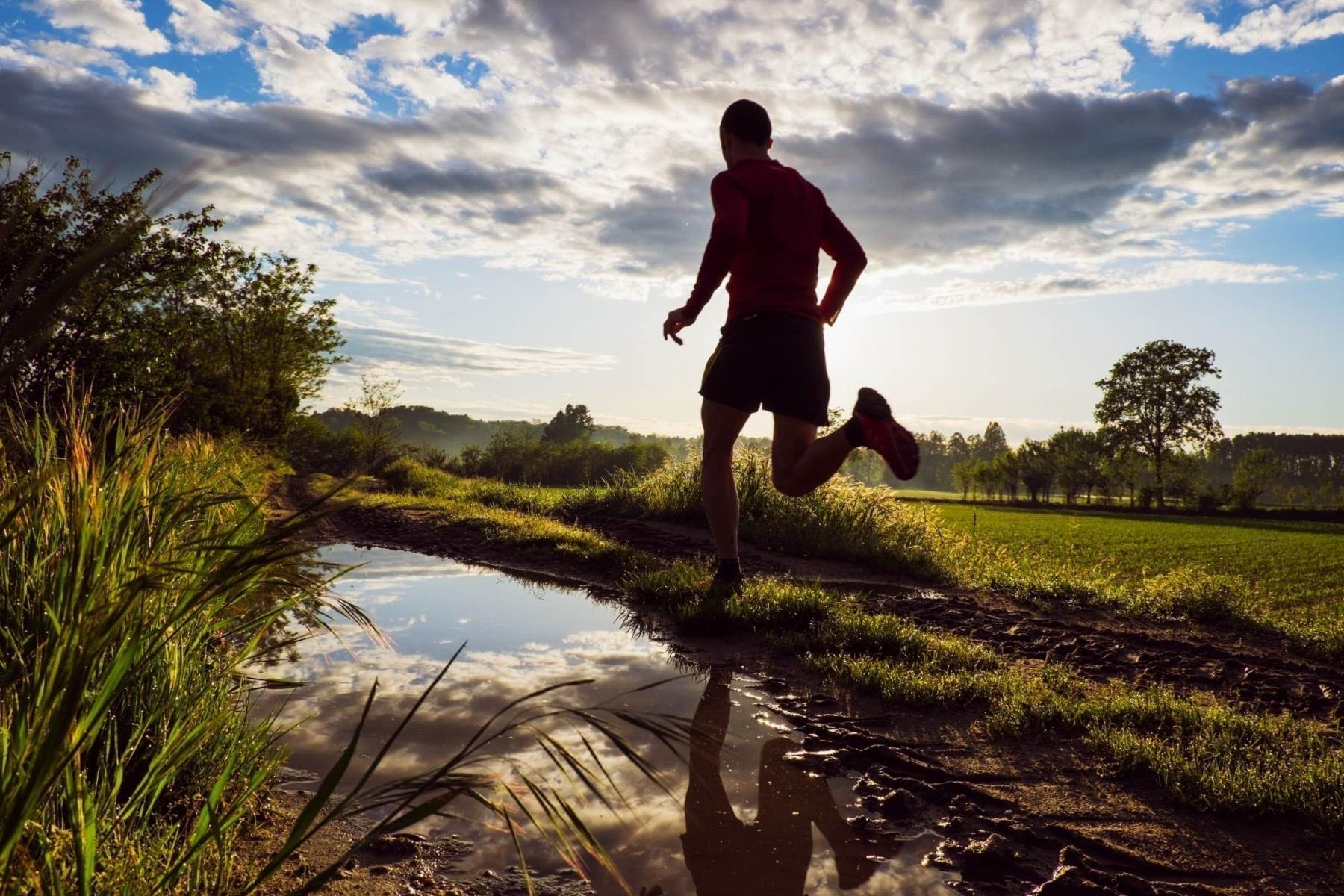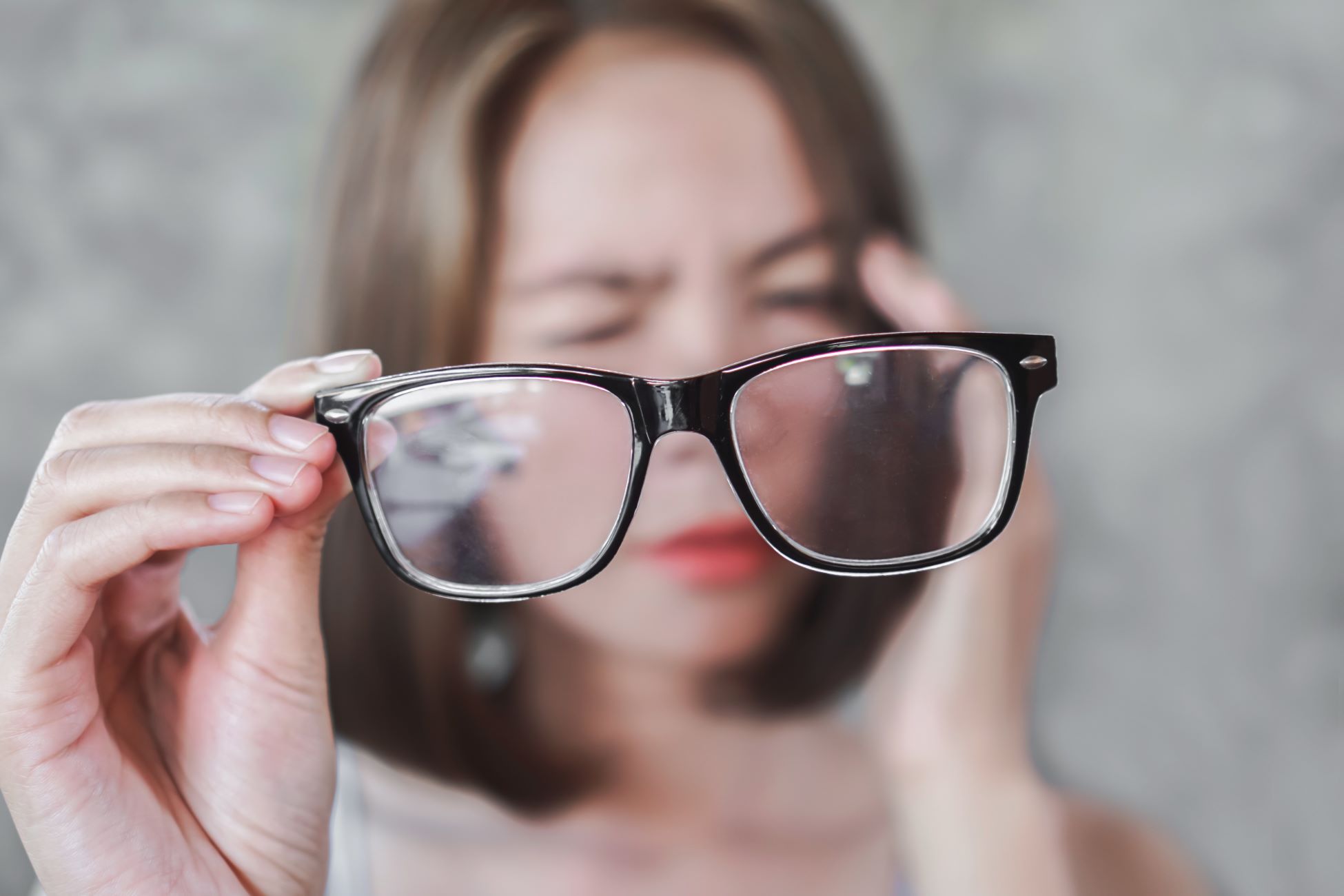Home>Health & Nutrition>Understanding The Causes Of Runner’s Itch
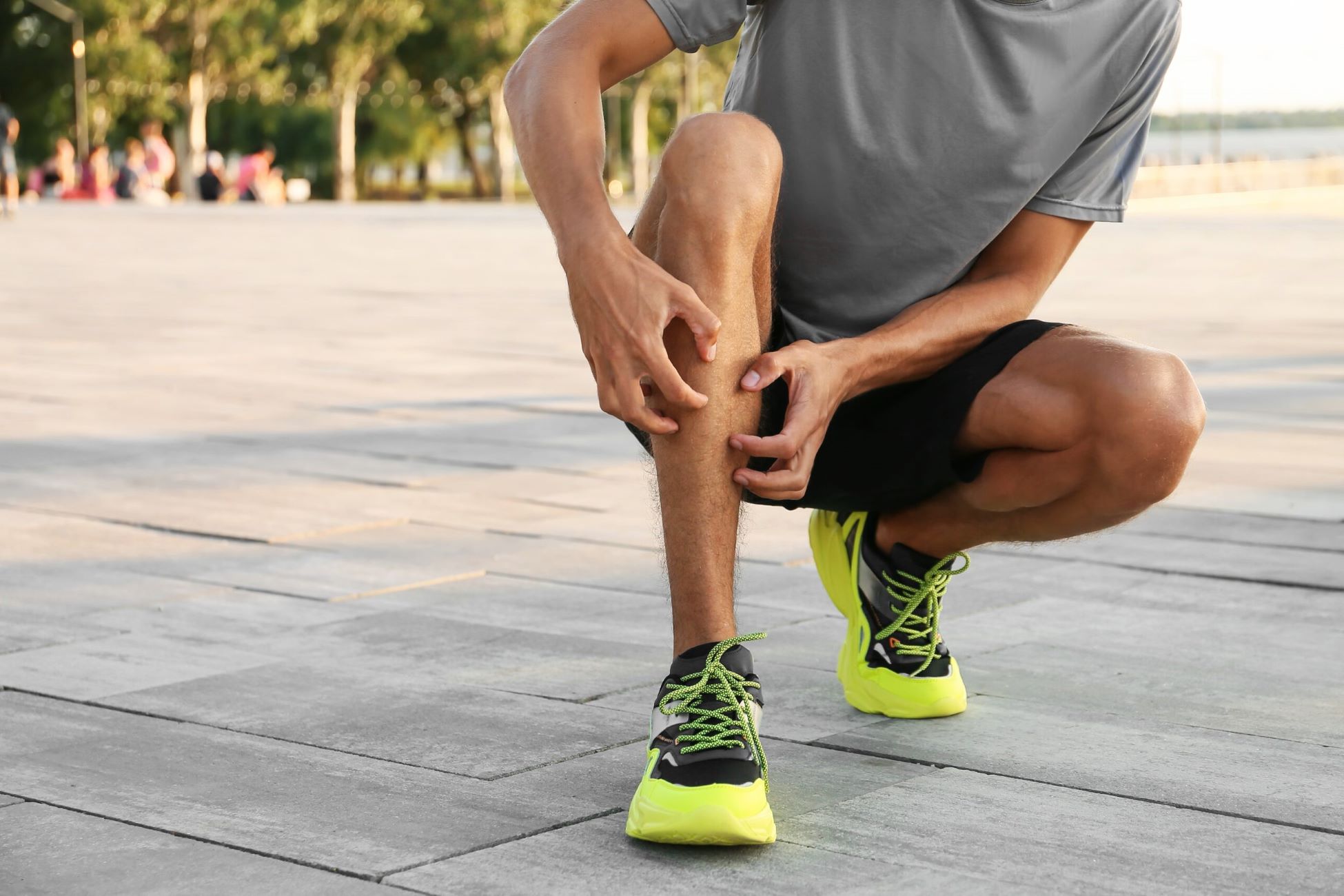

Health & Nutrition
Understanding The Causes Of Runner’s Itch
Published: February 25, 2024
Learn about the causes of runner's itch and how to prevent it. Find expert advice on health and nutrition to support your active lifestyle.
(Many of the links in this article redirect to a specific reviewed product. Your purchase of these products through affiliate links helps to generate commission for Therunningadvisor.com, at no extra cost. Learn more)
Table of Contents
Introduction
Runner's itch is a common yet often misunderstood phenomenon that affects many individuals who engage in physical activities such as running, jogging, or walking. This perplexing sensation, characterized by an intense itching or prickling feeling on the skin, can be a source of frustration and discomfort for those who experience it. While the exact causes of runner's itch remain elusive, understanding its potential triggers and implementing effective preventive measures can significantly alleviate its impact on one's physical activities.
The experience of runner's itch can vary widely among individuals, with some reporting mild irritation while others endure more pronounced discomfort. Despite its prevalence, runner's itch is not widely discussed, leading many to suffer in silence without seeking proper guidance or support. By shedding light on this topic, we aim to provide valuable insights into the potential causes, symptoms, and preventive measures associated with runner's itch.
In the following sections, we will delve into the intricacies of runner's itch, exploring its common symptoms and potential causes. By gaining a deeper understanding of this phenomenon, individuals can equip themselves with the knowledge needed to mitigate its effects and continue pursuing their physical fitness goals with confidence and comfort.
What is runner's itch?
Runner's itch, also known as exercise-induced itching, is a perplexing sensation characterized by an intense itching or prickling feeling on the skin during or after physical activities such as running, jogging, or walking. This sensation can manifest in various forms, including tingling, burning, or a crawling sensation, and typically occurs on the legs, thighs, or lower extremities. Individuals who experience runner's itch often describe it as a bothersome and distracting sensation that can disrupt their exercise routine and cause discomfort.
The onset of runner's itch can occur within minutes of commencing physical activity or may become noticeable after a period of sustained exertion. While the exact mechanisms behind this phenomenon remain unclear, it is believed to be linked to factors such as increased blood flow to the skin, elevated body temperature, and the release of certain chemicals in the body during exercise. These physiological responses can trigger sensory nerve fibers in the skin, leading to the characteristic itching sensation experienced by individuals.
It is important to note that runner's itch is not limited to seasoned athletes or runners; it can affect individuals of varying fitness levels and activity intensities. Furthermore, the severity of runner's itch can differ from person to person, with some experiencing mild irritation while others endure more pronounced discomfort. Despite its prevalence, runner's itch is often overlooked or dismissed as a minor inconvenience, leading many individuals to endure the discomfort without seeking proper understanding or support.
By recognizing the distinct nature of runner's itch and acknowledging its impact on individuals engaging in physical activities, we can begin to unravel the complexities of this phenomenon and explore potential strategies for prevention and management. Understanding the nature of runner's itch is the first step toward addressing its effects and empowering individuals to pursue their fitness endeavors with greater comfort and confidence.
Common symptoms of runner's itch
The symptoms of runner's itch can manifest in various forms, often presenting as an intense itching or prickling sensation on the skin during or after physical activities such as running, jogging, or walking. Individuals who experience runner's itch may describe the sensation as tingling, burning, or a crawling feeling, typically localized on the legs, thighs, or lower extremities. This discomfort can range from mild irritation to more pronounced itching, causing significant distraction and discomfort during exercise.
The onset of runner's itch can occur shortly after the commencement of physical activity or may become noticeable after a period of sustained exertion. Some individuals may experience the itching sensation gradually intensifying as they continue their exercise routine, while others may notice it subsiding once the activity ceases. The duration and severity of runner's itch can vary widely among individuals, with some reporting transient discomfort and others enduring persistent itching that lingers after exercise.
In addition to the physical symptoms, runner's itch can also have a psychological impact, leading to frustration and a sense of unease during physical activities. The distracting nature of the itching sensation can disrupt the focus and enjoyment of exercise, potentially affecting an individual's overall workout experience.
It is important to recognize that runner's itch is not a uniform experience and can differ significantly from person to person. While some individuals may encounter mild and transient itching, others may contend with more persistent and bothersome sensations that affect their exercise routine. By acknowledging the diverse range of symptoms associated with runner's itch, individuals can gain a deeper understanding of this phenomenon and seek appropriate strategies for prevention and management.
Overall, the symptoms of runner's itch encompass a spectrum of discomfort, ranging from mild irritation to more pronounced itching and prickling sensations. By recognizing and addressing these symptoms, individuals can take proactive steps to mitigate the impact of runner's itch on their physical activities, fostering a more comfortable and enjoyable exercise experience.
Potential causes of runner's itch
The exact causes of runner's itch remain a subject of ongoing research and speculation, with several potential factors being identified as contributors to this perplexing phenomenon. While the precise mechanisms triggering runner's itch are not fully elucidated, various physiological and environmental factors have been proposed as potential culprits. Understanding these potential causes can provide valuable insights into the complex nature of runner's itch and guide individuals in implementing effective preventive measures.
-
Increased Blood Flow: During physical activities such as running or jogging, the body undergoes a surge in blood flow to the muscles to meet the heightened demand for oxygen and nutrients. This increased circulation may lead to a corresponding rise in blood flow to the skin, potentially triggering sensory nerve fibers and causing the characteristic itching sensation experienced by individuals.
-
Elevated Body Temperature: The rise in body temperature during exercise, particularly in the lower extremities, can contribute to the onset of runner's itch. The combination of heat and sweat accumulation may irritate the skin, leading to sensations of tingling or prickling that manifest as itching.
-
Friction and Chafing: The repetitive motion and friction generated during activities such as running can result in chafing and irritation of the skin. This friction-induced discomfort may contribute to the development of runner's itch, particularly in areas where clothing or equipment comes into direct contact with the skin.
-
Release of Histamines: Physical exertion can stimulate the release of histamines in the body, which are compounds involved in the immune response and inflammatory processes. The presence of histamines may elicit itchiness and skin irritation, potentially contributing to the manifestation of runner's itch.
-
Sensitivity to Heat and Sweat: Some individuals may exhibit heightened sensitivity to heat and sweat, making them more prone to experiencing itching sensations during and after physical activities. The combination of perspiration and elevated body temperature can exacerbate skin discomfort, leading to the development of runner's itch.
-
Individual Susceptibility: Genetic predispositions and individual variations in skin sensitivity and reactivity may also play a role in the occurrence of runner's itch. Certain individuals may be more prone to experiencing heightened itching sensations due to inherent differences in their skin's response to physical stimuli.
By considering these potential causes of runner's itch, individuals can gain a deeper understanding of the multifaceted nature of this phenomenon. While the precise triggers of runner's itch may vary among individuals, recognizing these potential factors can empower individuals to adopt proactive measures to mitigate its effects and enhance their overall exercise experience.
Prevention and treatment options for runner's itch
Addressing runner's itch involves a multifaceted approach encompassing preventive measures and targeted treatments aimed at minimizing discomfort and restoring skin comfort. By implementing proactive strategies and exploring effective treatment options, individuals can mitigate the impact of runner's itch on their physical activities, fostering a more comfortable and enjoyable exercise experience.
Prevention Strategies
1. Proper Clothing and Gear:
Selecting moisture-wicking and breathable clothing can help minimize friction and irritation during physical activities. Additionally, wearing well-fitted, moisture-wicking socks and supportive footwear can reduce the risk of chafing and discomfort.
2. Gradual Warm-Up and Cool-Down:
Engaging in a gradual warm-up routine before exercise and incorporating a thorough cool-down period afterward can help acclimate the body to physical exertion, potentially reducing the likelihood of experiencing runner's itch.
3. Hydration and Skin Protection:
Staying adequately hydrated and applying a suitable barrier cream or moisturizer to areas prone to friction can help maintain skin integrity and reduce the risk of irritation during exercise.
4. Adjusting Exercise Intensity and Duration:
Individuals experiencing persistent runner's itch may benefit from modifying the intensity and duration of their physical activities. Gradually increasing exercise intensity and allowing for adequate rest periods can help minimize skin discomfort.
Treatment Options
1. Topical Anti-Itch Creams:
Utilizing over-the-counter anti-itch creams or lotions containing ingredients such as hydrocortisone or calamine can provide temporary relief from itching and discomfort associated with runner's itch.
2. Cool Compresses:
Applying a cool, damp cloth or compress to the affected areas can help soothe itching and reduce skin irritation, providing immediate relief during or after exercise.
3. Skin Barrier Protection:
Using specialized skin barrier products, such as anti-chafing balms or friction-reducing gels, can create a protective layer on the skin, minimizing friction and reducing the likelihood of developing runner's itch.
4. Consultation with a Dermatologist:
For individuals experiencing persistent or severe runner's itch, seeking guidance from a dermatologist can provide personalized insights and treatment recommendations tailored to their specific skin condition and needs.
By integrating these preventive strategies and treatment options into their exercise routine, individuals can proactively manage runner's itch and minimize its impact on their physical activities. Additionally, maintaining open communication with healthcare professionals can offer valuable support and guidance in addressing the complexities of runner's itch, empowering individuals to pursue their fitness goals with greater comfort and confidence.
Conclusion
In conclusion, runner's itch presents a complex and often perplexing challenge for individuals engaging in physical activities such as running, jogging, or walking. The distinctive itching and prickling sensations experienced during or after exercise can disrupt the focus and enjoyment of physical activities, leading to frustration and discomfort. While the exact causes of runner's itch remain elusive, several potential factors, including increased blood flow, elevated body temperature, friction, and the release of histamines, have been identified as contributors to this phenomenon.
By gaining a deeper understanding of the common symptoms and potential causes of runner's itch, individuals can equip themselves with the knowledge needed to implement effective preventive measures and explore targeted treatment options. It is essential for individuals to recognize the diverse range of symptoms associated with runner's itch, acknowledging that its impact can vary widely among individuals. This understanding can guide the adoption of proactive strategies, such as wearing appropriate clothing, gradual warm-up and cool-down routines, hydration, and skin protection, to minimize the risk of experiencing runner's itch during physical activities.
Moreover, integrating treatment options such as topical anti-itch creams, cool compresses, and specialized skin barrier products can provide immediate relief and support skin comfort during and after exercise. Seeking guidance from healthcare professionals, particularly dermatologists, can offer personalized insights and treatment recommendations for individuals experiencing persistent or severe runner's itch.
By addressing runner's itch through a comprehensive approach encompassing prevention and targeted treatments, individuals can mitigate its impact and foster a more comfortable and enjoyable exercise experience. It is crucial to emphasize the significance of open communication with healthcare professionals, as personalized guidance and support can play a pivotal role in addressing the complexities of runner's itch and empowering individuals to pursue their fitness goals with confidence and comfort.
In essence, by shedding light on the intricacies of runner's itch and advocating for a proactive and informed approach to its management, individuals can navigate this phenomenon with greater resilience and determination. Through ongoing research and collaborative efforts, the understanding of runner's itch can continue to evolve, paving the way for enhanced support and effective solutions for individuals striving to maintain their physical fitness and well-being.

